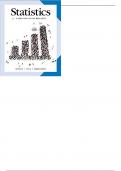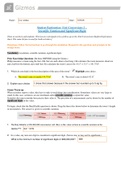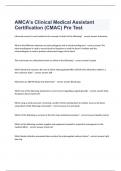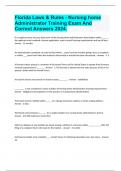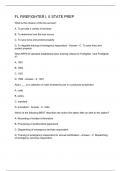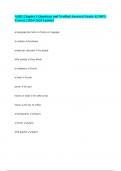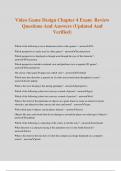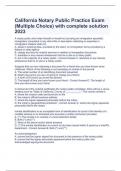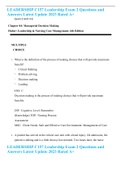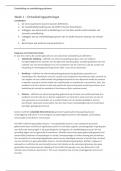Tentamen (uitwerkingen)
Statistics A Tool For Social Researchers in Canada 4Th Ed by Steven Prus - Test Bank
- Vak
- Instelling
1. What is the purpose of measures of central tendency? a. to find the most typical value of a distribution of scores b. to find the most surprising value of a distribution of scores c. to find the most significant value of a distribution of scores d. to find the most important valu...
[Meer zien]
